Note: the cover image is racist. This post deals with Black-Face Minstrelsy, a tradition that made caricatures and stereotypes out of Black Americans in American popular music. I can't go into all those historical and cultural implications in this post, but you can read more here or here or here....
According to Oz Before the Rainbow, Stone and Montgomery were a huge comedic success. A 1903 review for the musical wrote, "The burlesque parody of the cockney coon song never satisfies the audience until the two comedians have sung and danced themselves completely out of breath." Stone brought a Minstrel-style performance to the “brainless” Scarecrow, complete with the clownish garb of the Minstrel show: tattered and patched shirt and pants with over-sized white gloves. Apparently Baum enjoyed the portrayal so much that it influenced his later descriptions of the character. Was this their way to perform as minstrels without black-face? Black-face as a comedy routine went on well into the 1950s, but in this case, the performance was not not being presented as a Minstrel show, but had similar tropes and gags to make the audience laugh. This means that some of those classic things we see the Scarecrow do in the 1939 movie (wobbly legs, tripping over himself) have a racist, Minstrel origin, and puts a new perspective on Michael Jackson's role in The Wiz. Minstrelsy seems to permeate every part of American culture, whether we know it or not.
While I couldn't find a direct link between Hoodoo beliefs or practices and a witch-moon relationship, I was struck by something that Lane wrote in "Hoodoo Heritage," that brought me back to The Wonderful Wizard of Oz. In the Vodou religion, there is the twin deity Mawu-Lisa. The children of Nana-Buluku, Mawu is the female half, who has dominion over the night and the moon, and resides in the west, while Lisa is the male half, has dominion over the day and the sun, and resides in the east. Just like in the 1939 film version, L. Frank Baum's story has the Wicked Witch of the East and the Wicked Witch of the West. I'm not familiar enough with Baum to know if he was influenced by or even aware of the Vodou religion when he wrote The Wonderful Wizard of Oz, but it's fascinating to think about deities, witches, religion, and folk beliefs, and how they can come together and influence popular culture and our views on the world.
0 Comments
Your comment will be posted after it is approved.
Leave a Reply. |
Come in, the stacks are open.Away from prying eyes, damaging light, and pilfering hands, the most special collections are kept in closed stacks. You need an appointment to view the objects, letters, and books that open a door to the past. Archives
April 2023
Categories
All
|
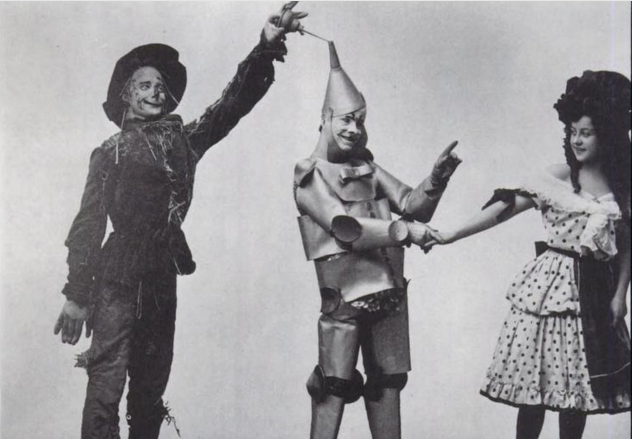
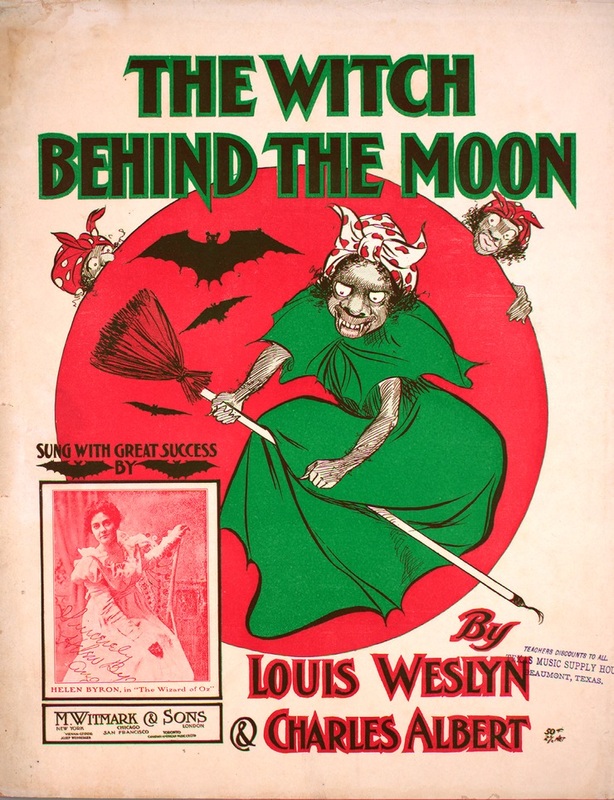
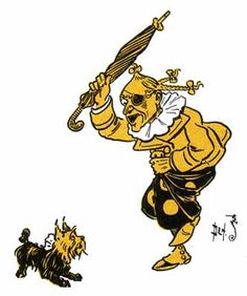
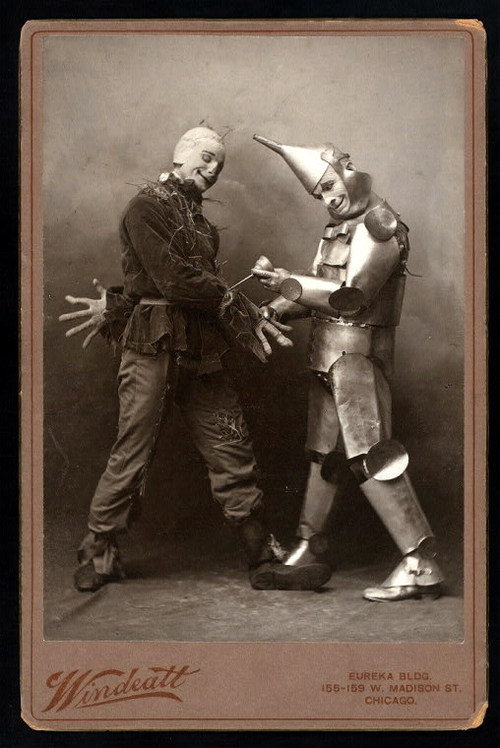
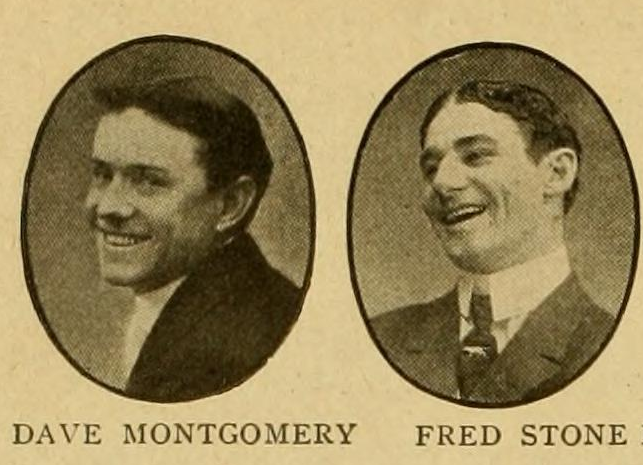
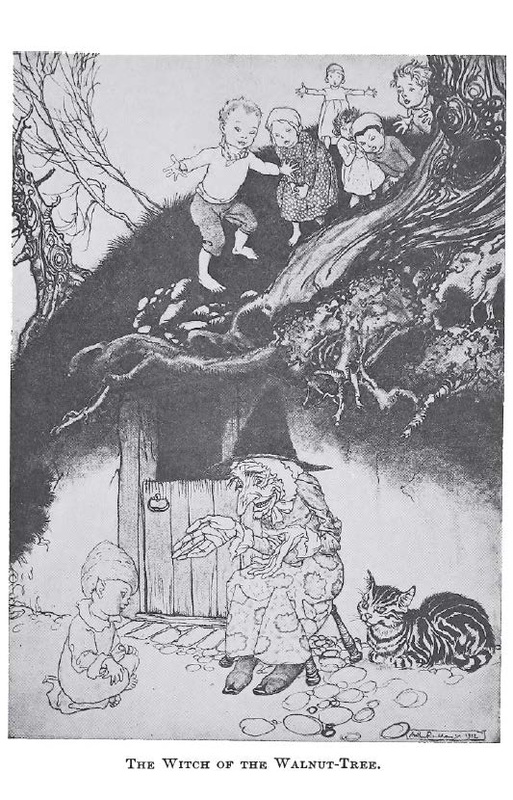

 RSS Feed
RSS Feed